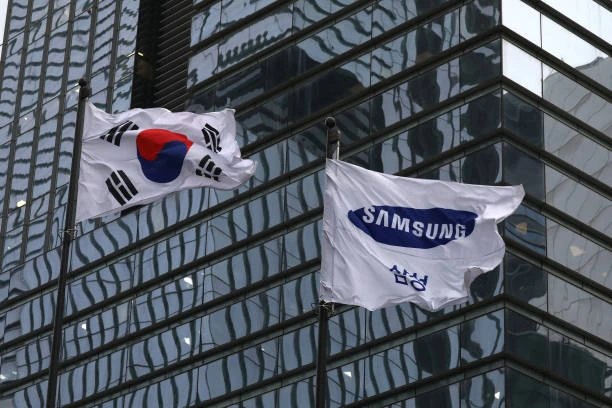The Crisis at Samsung: A Comprehensive Analysis

Samsung, a giant in the global technology landscape, has been at the forefront of innovation for decades. However, as of mid-2024, the conglomerate finds itself in a state of crisis, grappling with leadership challenges, competitive disadvantages, and a significant loss in market value. This article explores the roots of Samsung’s current predicament, the impact on its operations, and potential strategies for recovery.
Samsung’s Role in South Korea’s Economy
Samsung is more than just a company—it is an essential pillar of South Korea’s economy, contributing approximately 20% of the nation’s GDP. The conglomerate’s reach extends beyond electronics into industries like construction, finance, healthcare, and even defence. This dominance has earned South Korea the nickname “The Republic of Samsung.”
Despite its vast influence, Samsung’s centralized power structure, managed by the Lee family, has created vulnerabilities. The chaebol system, where control passes down through generations, has been criticized for fostering corruption and limiting corporate transparency.
The $122 Billion Stock Collapse
In July 2024, Samsung Electronics experienced a stock market panic, losing $122 billion in market value in just a few months. This sharp decline represents nearly half of the company’s market capitalization and has raised concerns about its economic stability.
Several factors contributed to this crash:
- Management Instability: Frequent leadership changes and internal reshuffling have shaken investor confidence.
- Market Sentiment: Global investors, already wary of economic fluctuations, were quick to react to rumours and underwhelming earnings reports.
Internal Challenges: Leadership and Innovation
Samsung’s leadership style, rooted in a hierarchical chaebol system, has been both a strength and a weakness. While the system allows for centralized decision-making, it stifles innovation and adaptability in rapidly changing markets.
Corruption scandals have further tainted Samsung’s reputation. The company’s heir, Lee Jae-yong, was convicted on bribery charges but later released due to Samsung’s strategic importance to South Korea. However, his leadership remains a contentious issue, particularly as the company faces increasing global competition.
Falling Behind in AI and Semiconductors
One of the most critical areas where Samsung has struggled is artificial intelligence (AI). Competitors like Nvidia, Google, and Microsoft have capitalized on the AI boom, while Samsung has lagged, particularly in producing high-bandwidth memory (HBM) chips essential for AI applications.
In a significant setback, Samsung failed to meet Nvidia’s requirements for heat and power efficiency in its chips, losing a major contract to SK Hynix, a smaller but more agile competitor. This failure has left Samsung trailing in a market expected to drive future technological advancements.
Additionally, Samsung’s semiconductor division has been outpaced by Taiwan Semiconductor Manufacturing Company (TSMC). TSMC holds a 61.7% market share, compared to Samsung’s 11%. This gap highlights Samsung’s struggles with lower production yields and technological inefficiencies.
Strategic Responses and Future Outlook
In response to the crisis, Samsung has implemented several strategic measures:
- Leadership Reshuffle: Jun Yong-Hyun, a former head of Samsung’s battery division, has been appointed to lead the semiconductor unit, focusing on stabilizing this critical division.
- Cost-Cutting Measures: Samsung has announced layoffs in Southeast Asia and Australia, targeting a 10% reduction in its workforce in these regions. Additionally, it plans to scale down its foundry operations by up to 50% to adapt to declining demand.
- Refocusing Investments: The company is redirecting resources from non-core projects to its core competencies, such as semiconductors and display technologies.
Conclusion
Samsung’s crisis is a reflection of the broader challenges facing legacy conglomerates in the fast-evolving technology landscape. While the company’s diverse portfolio provides some resilience, its future hinges on its ability to innovate, improve operational efficiency, and regain investor confidence.
As Samsung navigates this turbulent period, the global tech industry will be watching closely. The company’s ability to overcome these challenges will shape its future and have significant implications for South Korea’s economy and the global semiconductor market.





